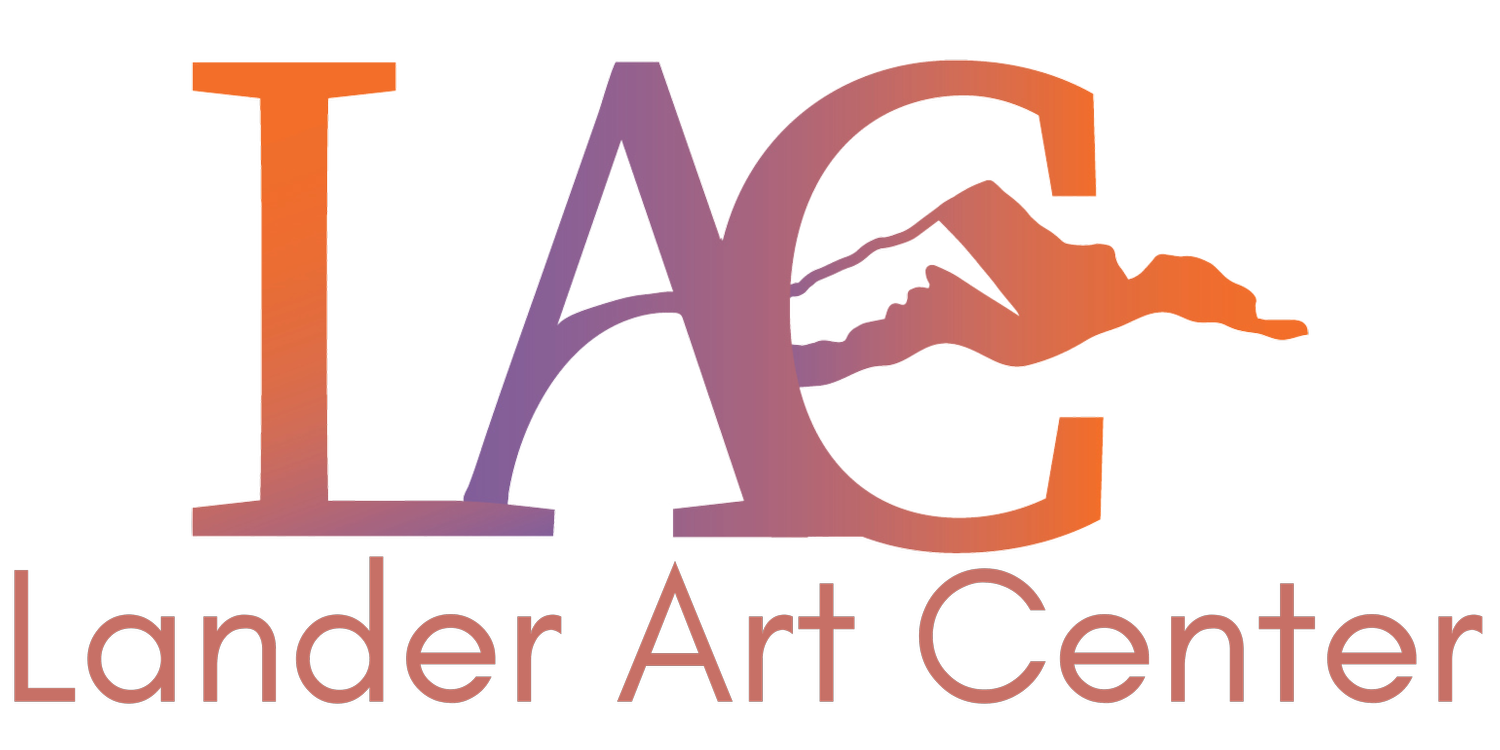Just a place to start!
Writing an Artist Statement – Dos and Don’ts
Whether you’re updating the ‘about’ page of your website or answering an open call, your artist statements play an important part in the presentation of your work. And preparing it can be a challenge. To help you navigate the process, we’ve put together this list of some of the dos and don’ts of writing an artist statement.
Writing an Artist Statement: Dos
1. Be specific
It may sound obvious, but an artist statement should be personal and specific to your work. This means avoiding generic, broad-sweeping statements that don’t say a lot about your practice. The idea shouldn’t be to just write something to meet a word count or because it sounds good. If it’s vague and generic it won’t let people know what you and/or your work are about. And that’s the point of the artist statement, after all.
So choose your language and vocabulary with care. Keep in mind that you are trying to convey information about your work, so make sure it is accurate and true to your practice. This also means continually updating your artist statement as your work develops and your practice evolves.
2. Be clear
An artist statement should be written in an accessible way, so that it can be understood by a wide audience. This should especially be the case if you are writing a statement for your website or another online platform, where it might be read by audiences with varying levels of art knowledge or experience. Again, be straightforward in your artist statement and use language that accurately describes and clearly communicates your practice.
3. Consider the context
You might have to write different artist statements for different purposes — grant applications, social media profiles, an open call, etc. Consider that you may have to tailor your artist statement accordingly. Some applications for a residency program, for example, may ask you to share how your work considers a certain subject or relates to a chosen theme. So don’t necessarily rely on an all-purpose artist statement to use and send no matter what the context is. Though you can use a general artist statement as a foundation to build from. Also keep in mind that you shouldn’t try to fit your artist statement to address a particular topic or theme if it isn’t really relevant to you or your work.
4. Draft and rewrite
Write a few different versions, or start out by writing a longer statement than necessary. You can then cut it down, make edits, rearrange and work from there until you have something you feel is strong, concise, and effectively communicates your work. Also ask for a second, or third, or fourth opinion from people you know who are familiar with your work. It’s a good idea to ask family, friends, or colleagues who aren’t necessarily active or engaged in the arts, as well. Get feedback from different perspectives.
Reading your artist statement aloud — whether to yourself and/or someone else — is also a helpful part of the editing process. And lastly, ask someone to proofread what you’ve written before sending it off or publishing somewhere.
Writing an Artist Statement: Don’ts
1. Use art jargon
Art jargon, also known as international art english (IAE), is pervasive in the art world. Basically, this kind of language makes a text difficult to understand — and can even be downright impenetrable. It’s characterized by complicated grammatical structures, a lot of words that don’t really mean or say anything, and imprecision. It sounds pretentious and will likely not convey any information to readers.
You want your audience to take something away from your artist statement, not be left confused, irritated, or uninterested. So don’t get too technical, and in general, avoid long, overly complex sentences and art jargon. This will dilute the content and impact of your statement.
2. Draw it out
You don’t want to bore your reader or bog them down in too much info in what is likely your first point of communication with your audience. You do want to engage their interest. So the main details that you would like to convey about you and your work should be included in a concise manner.
Keep in mind that artist statements are often kept fairly short — around 200 words. So it should get straight to the point, draw your audience in, and make them interested in learning more about your work.
3. Be formulaic
Try not to follow a set formula when approaching the task of writing your artist statement. Though you’ll want to hit the main points — the ‘what’, ‘how’, and ‘why’ of it all — this can still be done in an interesting way that could ultimately help your application or profile stand out. Start by brainstorming what it is you would like your audience to know about your work. Remember, you want to say something specific, and in your own voice.
So instead of getting right into writing your statement and falling into the same formulaic mode, make a plan and organize your ideas first. What does your creative process look like? How did you get started working with a particular subject or medium? Who or what influences you?

